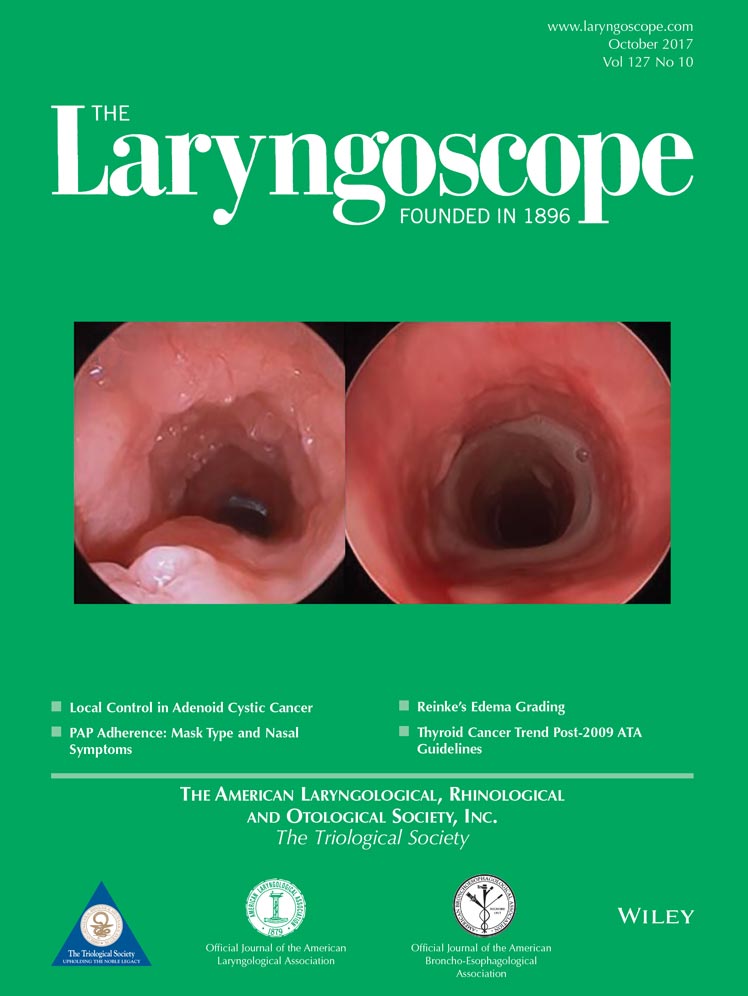Microbiomes of the normal middle ear and ears with chronic otitis media
Financial Disclosure: Supported by a Grant-in-Aid for Clinical Research from the National Hospital Organization (Japan) and JSPS KAKENHI (grant number 16K11205). The authors have no other funding, financial relationships, or conflicts of interest to disclose.
Abstract
Objective
The aim of this study was to profile and compare the middle ear microbiomes of human subjects with and without chronic otitis media.
Study Design
Prospective multicenter cohort study.
Methods
All consecutive patients undergoing tympanoplasty surgery for chronic otitis media or ear surgery for conditions other than otitis media were recruited. Sterile swab samples were collected from the middle ear mucosa during surgery. The variable region 4 of the 16S rRNA gene in each sample were amplified using region-specific primers adapted for the Illumina MiSeq sequencer (Illumina, CA, USA)). The sequences were subjected to local blast and classified using Metagenome@KIN (World Fusion, Tokyo, Japan).
Results
In total, 155 participants were recruited from seven medical centers. Of these, 88 and 67 had chronic otitis media and normal middle ears, respectively. The most abundant bacterial phyla on the mucosal surfaces of the normal middle ears were Proteobacteria, followed by Actinobacteria, Firmicutes, and Bacteroidetes. The children and adults with normal middle ears differed significantly in terms of middle ear microbiomes. Subjects with chronic otitis media without active inflammation (dry ear) had similar middle ear microbiomes as the normal middle ears group. Subjects with chronic otitis media with active inflammation (wet ear) had a lower prevalence of Proteobacteria and a higher prevalence of Firmicutes than the normal middle ears.
Conclusion
The human middle ear is inhabited by more diverse microbial communities than was previously thought. Alteration of the middle ear microbiome may contribute to the pathogenesis of chronic otitis media with active inflammation.
Level of Evidence
2b. Laryngoscope, 127:E371–E377, 2017




